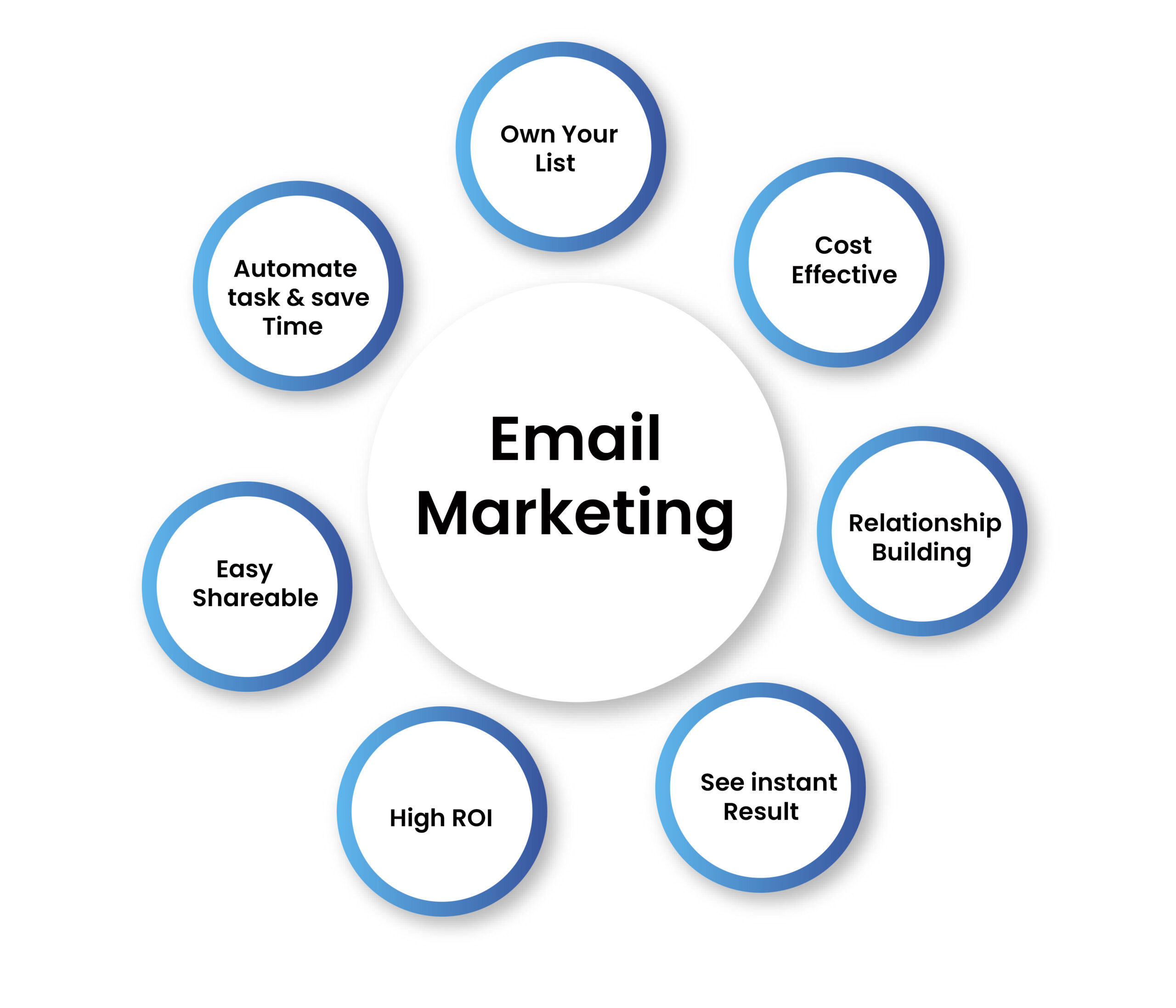Email Marketing
Email Marketing
Email Marketing is the act of sending a commercial message, typically to a group of people, using email. In its broadest sense, every email sent to a potential or current customer could be considered email marketing. It involves using email to send advertisements, request business, or solicit sales or donations.

Types of Email Marketing
Transactional emails are usually triggered based on a customer’s action with a company. To be qualified as transactional or relationship messages, these communications’ primary purpose must be “to facilitate, complete, or confirm a commercial transaction that the recipient has previously agreed to enter into with the sender” along with a few other narrow definitions of transactional messaging. Triggered transactional messages include dropped basket messages:
– password reset emails,
– purchase or order confirmation emails,
– order status emails,
– reorder emails,
– and email receipts.
The primary purpose of a transactional email is to convey information regarding the action that triggered it. But, due to their high open rates (51.3% compared to 36.6% for email newsletters), transactional emails are an opportunity to introduce or extend the email relationship with customers or subscribers; to anticipate and answer questions; or to cross-sell or up-sell products or services.
Many email newsletter software vendors offer transactional email support, which gives companies the ability to include promotional messages within the body of transactional emails. There are also software vendors that offer specialized transactional email marketing services, which include providing targeted and personalized transactional email messages and running specific marketing campaigns (such as customer referral programs).
Advantages Email Marketing
Email marketing is significantly cheaper and faster than traditional mail, mainly because with email, most of the cost falls on the recipient.
Businesses and organizations who send a high volume of emails can use an ESP (email service provider) to gather information about the behavior of the recipients. The insights provided by consumer response to email marketing help businesses and organizations understand and make use of consumer behavior.
Almost half of American Internet users check or send email on a typical day, with emails delivered between 1 am and 5 am local time outperforming those sent at other times in open and click rates.


